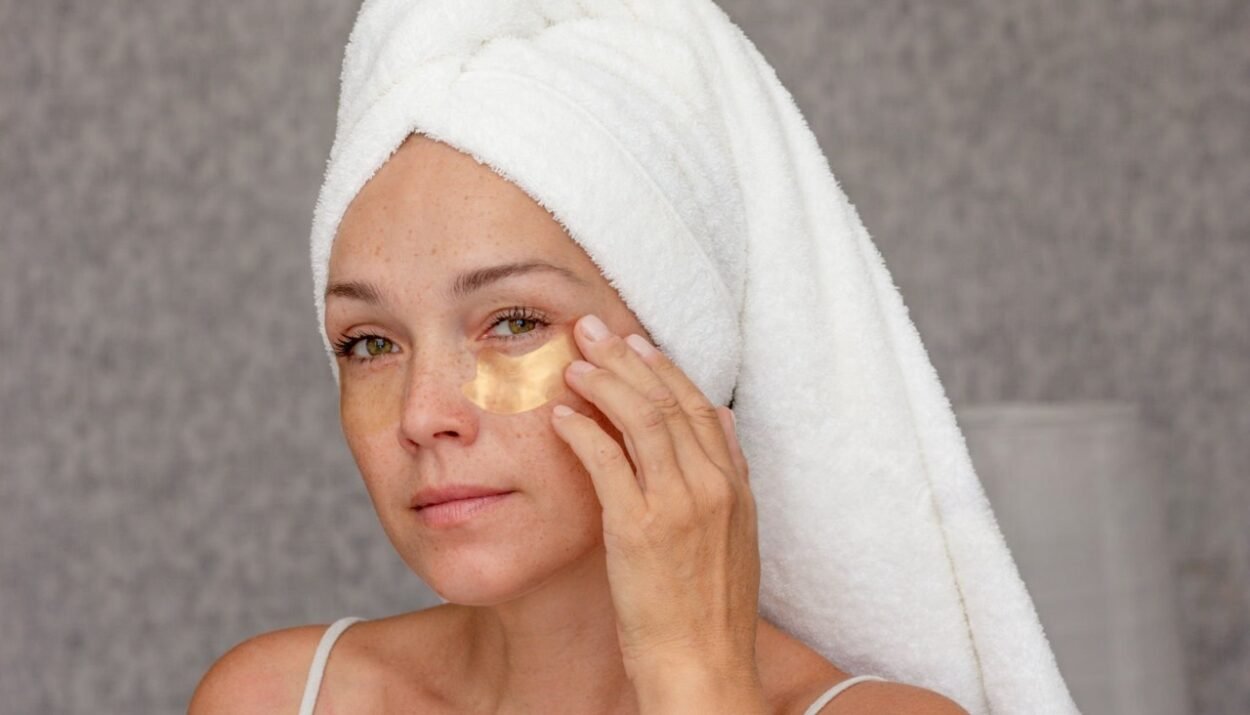Sensitive and reactive skin isn’t just a cosmetic issue—it’s a lifestyle challenge. If your skin burns, stings, turns red, or breaks out in response to even gentle products or environmental changes, you’re not alone. The key to managing it isn’t just using “hypoallergenic” labels—it’s understanding the causes, triggers, and crafting a targeted skincare ritual that works with your skin, not against it.
This guide walks you through a complete skincare ritual tailored for sensitive, reactive skin—designed with science-backed advice, ingredient awareness, and product layering strategies. Let’s restore calm and confidence to your daily routine.
Understanding Sensitive vs Reactive Skin
Before building your skincare ritual, it’s crucial to distinguish between sensitive and reactive skin:
-
Sensitive Skin is a skin type, meaning it’s something you’re typically born with. It’s more prone to redness, dryness, and irritation.
-
Reactive Skin is a condition, meaning your skin flares up in response to triggers like fragrances, alcohol, pollution, or certain ingredients.
Many people have both, but knowing your skin’s baseline helps you choose the right products.
Common Triggers of Sensitive, Reactive Skin
To reduce flare-ups, you need to identify what’s provoking your skin. Common culprits include:
-
Fragrance and Essential Oils: Even natural ingredients can irritate.
-
Alcohol-based Toners: These strip the skin’s moisture barrier.
-
Over-exfoliation: Too much exfoliation weakens the skin’s barrier.
-
Environmental Stressors: UV rays, pollution, and extreme weather.
-
Incorrect pH Products: These disrupt the skin’s acid mantle.
-
Stress and Hormonal Fluctuations: They can weaken your skin’s resilience.
The Ideal Skincare Ritual for Sensitive Skin
Consistency is key. Follow this step-by-step ritual twice daily—morning and night—with slight adjustments for daytime protection and nighttime recovery.
1. Gentle Cleanser (AM + PM)
Goal: Remove impurities without stripping your skin.
-
What to Use: Look for sulfate-free, non-foaming gel or cream cleansers.
-
Ingredients to Look For: Aloe vera, glycerin, oat extract, chamomile.
-
Avoid: SLS/SLES, synthetic fragrances, exfoliating beads.
Top Pick: A cleanser with colloidal oatmeal and ceramides can calm and hydrate as it cleans.
2. Hydrating Toner or Essence (Optional)
Goal: Replenish moisture and prep your skin for absorption.
-
What to Use: Alcohol-free, humectant-rich toners.
-
Ingredients to Look For: Hyaluronic acid, panthenol, cucumber extract.
-
Avoid: Witch hazel, menthol, astringents.
Tip: Press the toner into your skin with palms—avoid cotton pads which may irritate.
3. Calming Serum (AM + PM)
Goal: Target inflammation, reduce redness, and support the skin barrier.
-
What to Use: Lightweight, non-irritating serums formulated for sensitive skin.
-
Ingredients to Look For: Niacinamide (2–5%), centella asiatica, azelaic acid (mild), madecassoside.
-
Avoid: Vitamin C (unless your skin tolerates it well), high concentrations of active ingredients.
Tip: Apply on damp skin for better absorption.
4. Moisturizer (AM + PM)
Goal: Lock in hydration and reinforce the skin’s natural barrier.
-
What to Use: Barrier-repairing, ceramide-based moisturizers.
-
Ingredients to Look For: Squalane, ceramides, shea butter, allantoin.
-
Avoid: Heavy occlusives if you’re acne-prone, fragrance, lanolin (for some).
Tip: Use a “sandwich” technique—layer moisturizer before and after actives to reduce irritation.
5. Sunscreen (AM only)
Goal: Protect your skin from UV damage—a major irritant for sensitive skin.
-
What to Use: Mineral sunscreens (zinc oxide, titanium dioxide).
-
Ingredients to Look For: Zinc oxide (non-nano), soothing botanicals like calendula or green tea.
-
Avoid: Chemical filters (like oxybenzone), added fragrance, alcohol.
Top Pick: Choose a SPF 30+ tinted mineral sunscreen to also reduce redness.
6. Overnight Repair (PM only)
Goal: Boost barrier recovery while you sleep.
-
Optional Additions: A few drops of a soothing facial oil (like rosehip or jojoba) can seal in hydration and help with inflammation.
-
Avoid: Retinoids unless prescribed or in very low concentrations with proper buffering.
Weekly Skincare Treatments for Sensitive Skin
Even sensitive skin can benefit from weekly care—if you choose wisely.
Gentle Exfoliation (1x Weekly)
-
Use polyhydroxy acids (PHAs) instead of AHAs or BHAs.
-
Try lactic acid in very low concentrations (<5%).
Soothing Masks (1–2x Weekly)
-
Use oatmeal-based or centella-infused masks.
-
Avoid clay masks which can over-dry sensitive skin.
Ingredients to Avoid in Skincare for Reactive Skin
A key part of your ritual is ingredient awareness. Here’s what to skip:
| Ingredient | Why to Avoid |
|---|---|
| Synthetic Fragrances | High allergen potential |
| Essential Oils | Natural, but often irritating |
| Alcohol Denat | Dries and damages skin barrier |
| Harsh Acids | Can cause burning, redness |
| Menthol/Camphor | Often cause stinging sensations |
| Sodium Lauryl Sulfate | Strips natural oils |
Lifestyle Tips to Support Your Skincare Ritual
Skincare products are just part of the picture. Daily habits make a huge difference for reactive skin:
-
Sleep Enough: At least 7–8 hours to allow skin regeneration.
-
Manage Stress: Try mindfulness, yoga, or breathing exercises.
-
Use a Humidifier: Prevents skin from drying out in dry climates.
-
Change Pillowcases Often: Prevents buildup of bacteria and product residues.
-
Patch Test New Products: Always test on your jawline before full application.
Recommended Product Types by Skin Concern
| Concern | Suggested Solution |
|---|---|
| Redness | Niacinamide + Centella Serum |
| Dryness | Ceramide-rich Moisturizer + Squalane Oil |
| Breakouts | Azelaic Acid (10%) + Non-comedogenic oil |
| Burning Sensation | Panthenol Spray + Fragrance-free skincare |
How Long Until You See Results?
Sensitive skin needs patience. You may start noticing improvement in:
-
1–2 Weeks: Less redness, improved comfort
-
4 Weeks: Better moisture retention and resilience
-
6–8 Weeks: Full barrier restoration and minimal reactivity
Stick with your ritual and resist the urge to overdo it.
Final Thoughts: Build Trust With Your Skin
Sensitive and reactive skin needs trust—between you and your skincare. The less you overwhelm your skin, the more it will respond with balance, clarity, and radiance. Stick to simple, gentle, and consistent routines, and always listen to what your skin is telling you.








